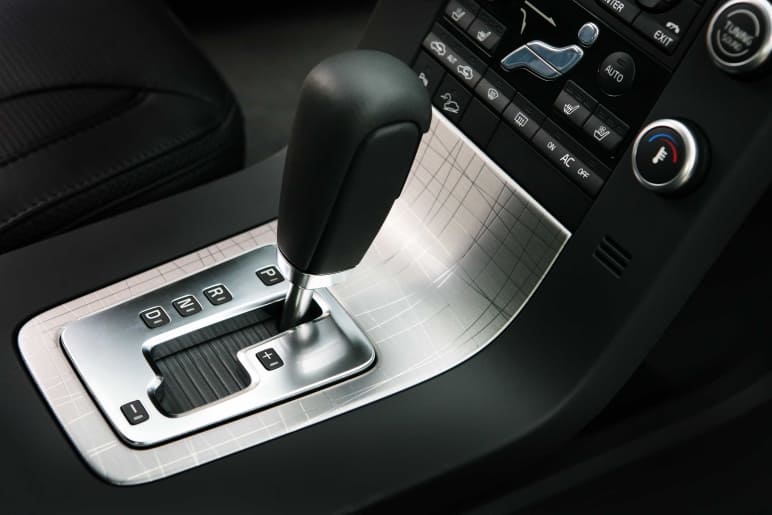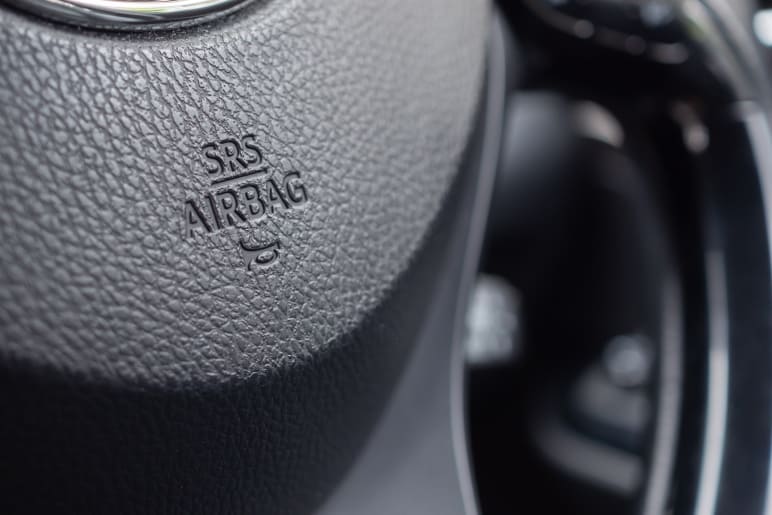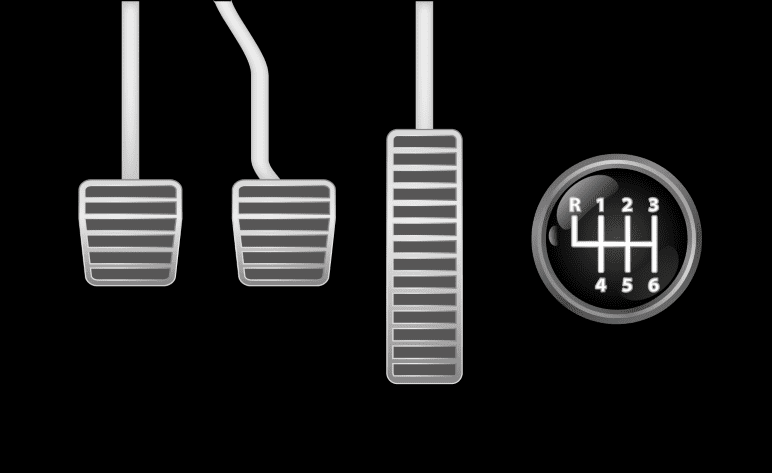
CVT is continuously variable transmission. It is a type of automatic transmission. It provides smooth adjustment of gear ratio. It has no fixed position. It automatically coordinates crankshaft rpm with the engine load. It was developed by the Dutch company DAF and initially was called Variomatic.
Nowadays different variants of CVT are installed on Dodge, Jeep, Mitsubishi, Fiat, Peugeot, Mini, Opel and other brand cars. Continuously variable transmissions of most manufacturers have their own names.
The most popular variators:- Autotronic (Mercedes-Benz);
- Lineartronic (Subaru);
- Durashift CVT and Ecotronic (Ford);
- Multimatic (Honda);
- Multidrive (Toyota);
- Xtronic и Hyper (Nissan);
- Multitronic (Audi).
- V-belt;
- toroidal;
- chain.
Variator operation principle

Mostly widespread variators in modern cars are V-belt ones, operation principle of which is based on changing the working diameter of their elements. Conic pulleys consisting of 2 parts are used in the construction of V-belt variators. Distance between cones of each pulley and the diameter is adjusted automatically with the help of servo mechanisms and depends on quantity of engine rpms and car speed. V-belt is used for transmission of the driving torque between 2 pulleys. In chain variators a wide leaf chain is used instead of belts.
The toroidal variators have more complicated construction and now are used rather seldom.
The advantages of CVT installation








Comment